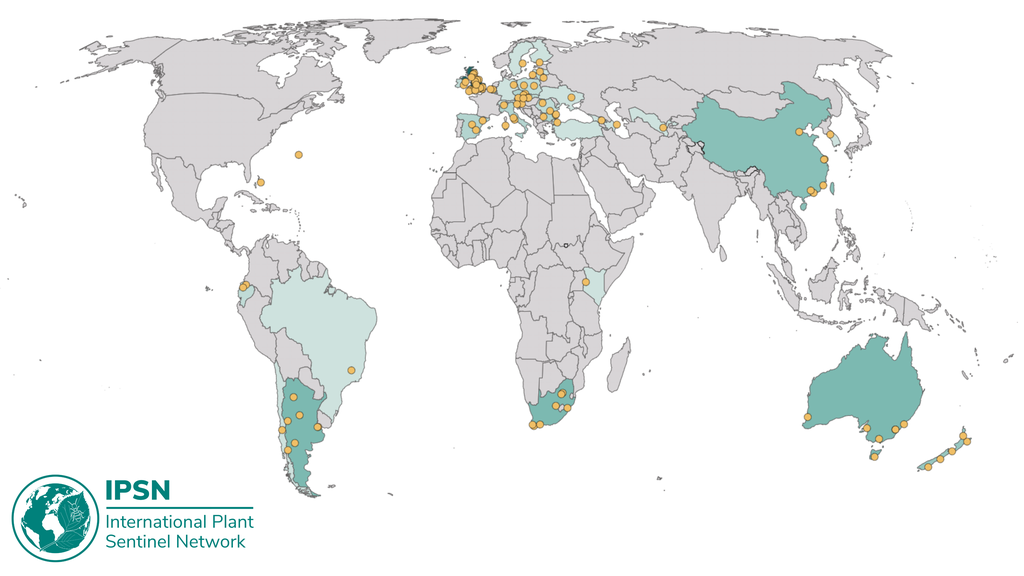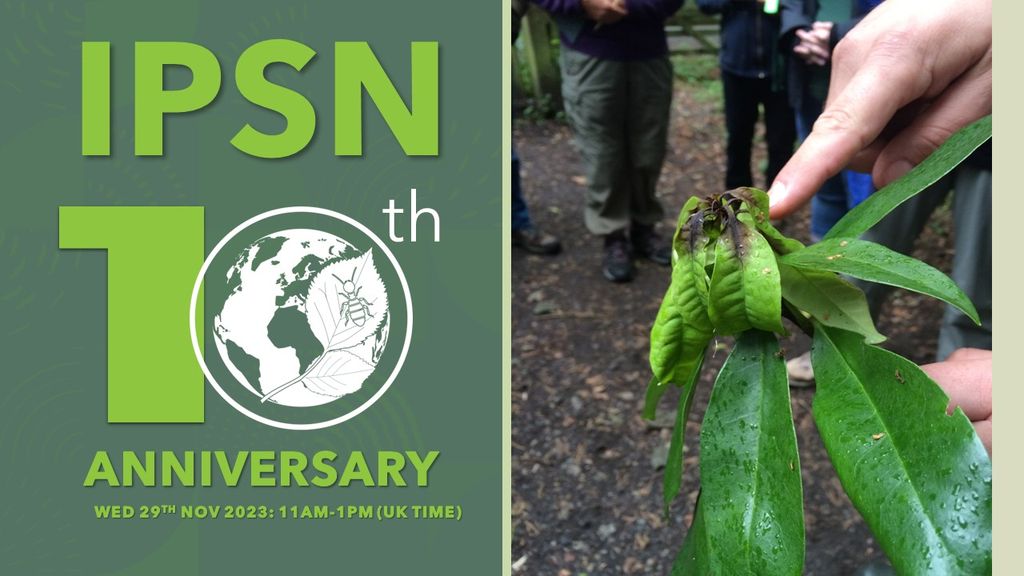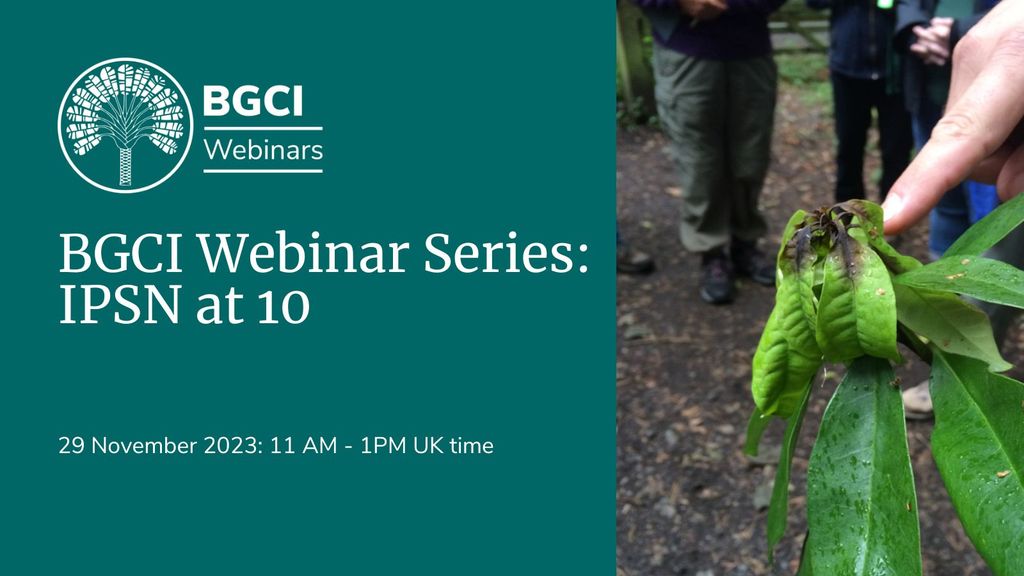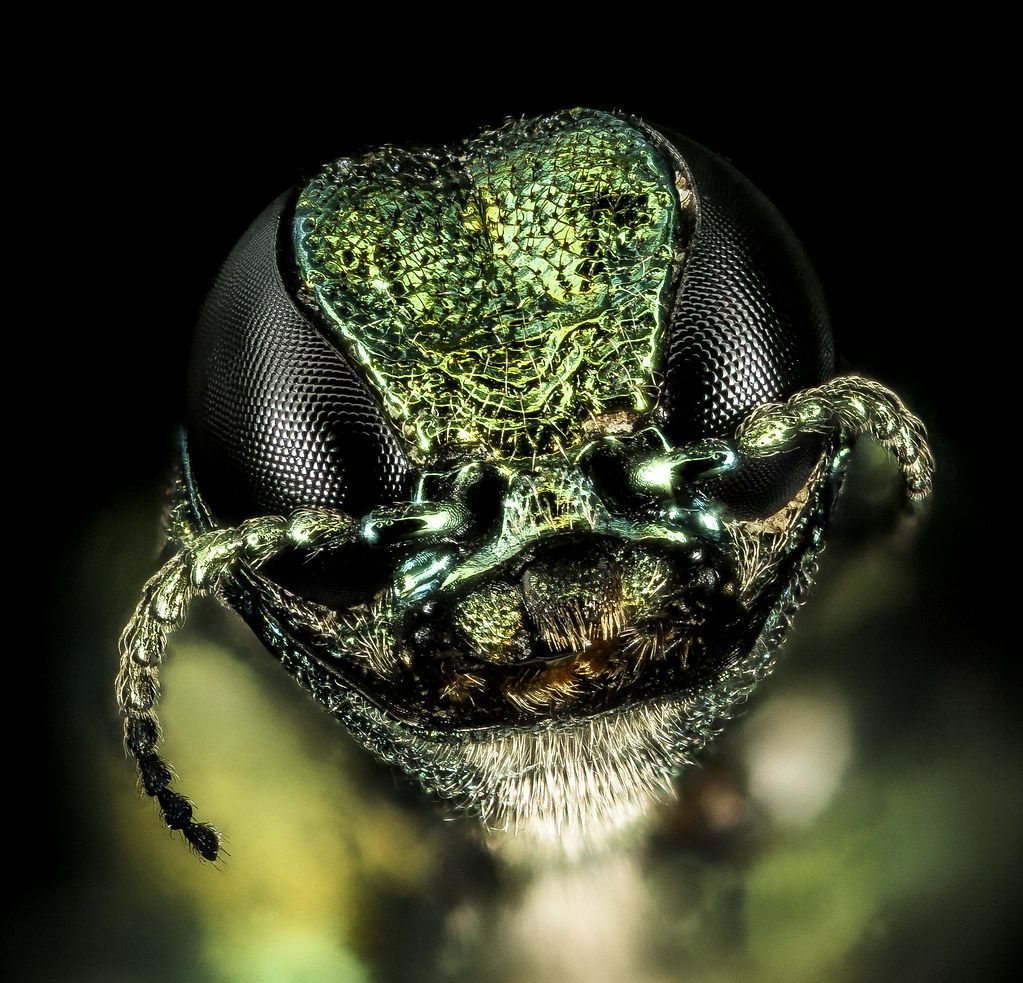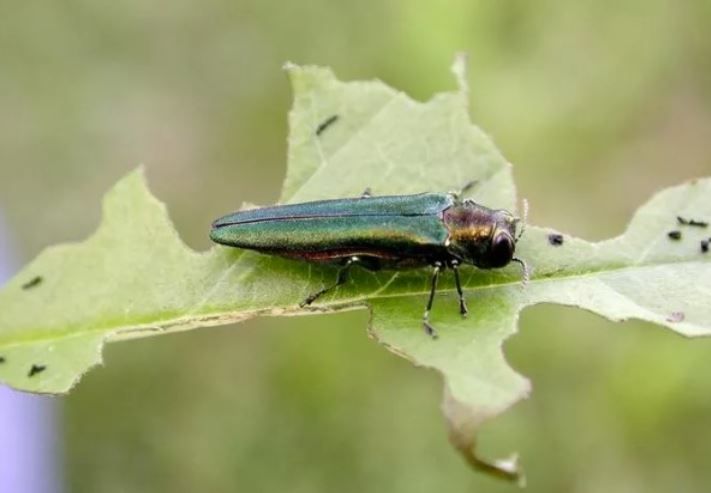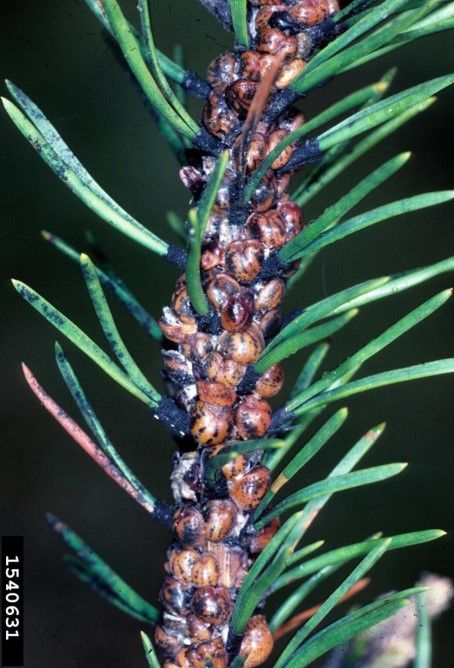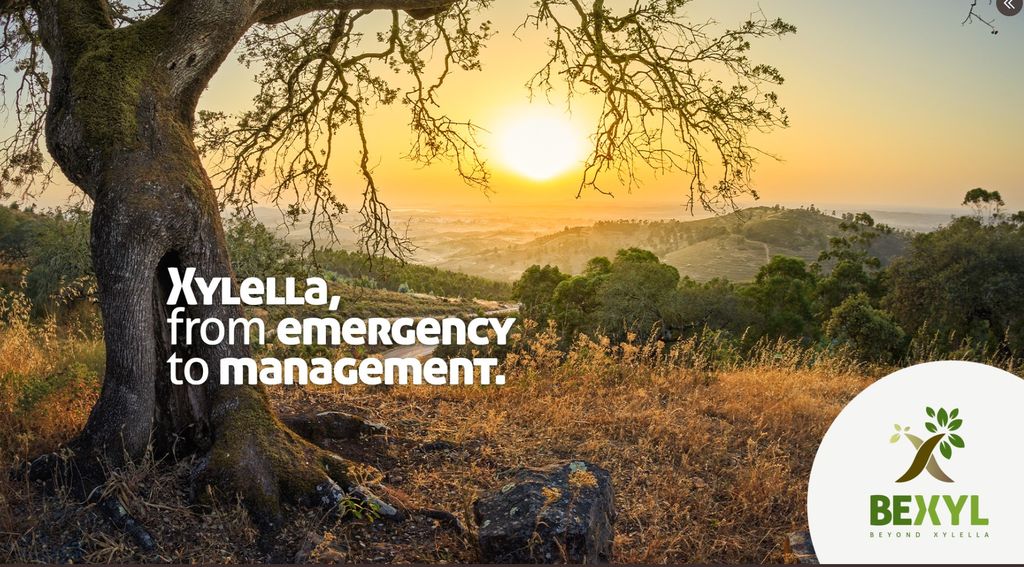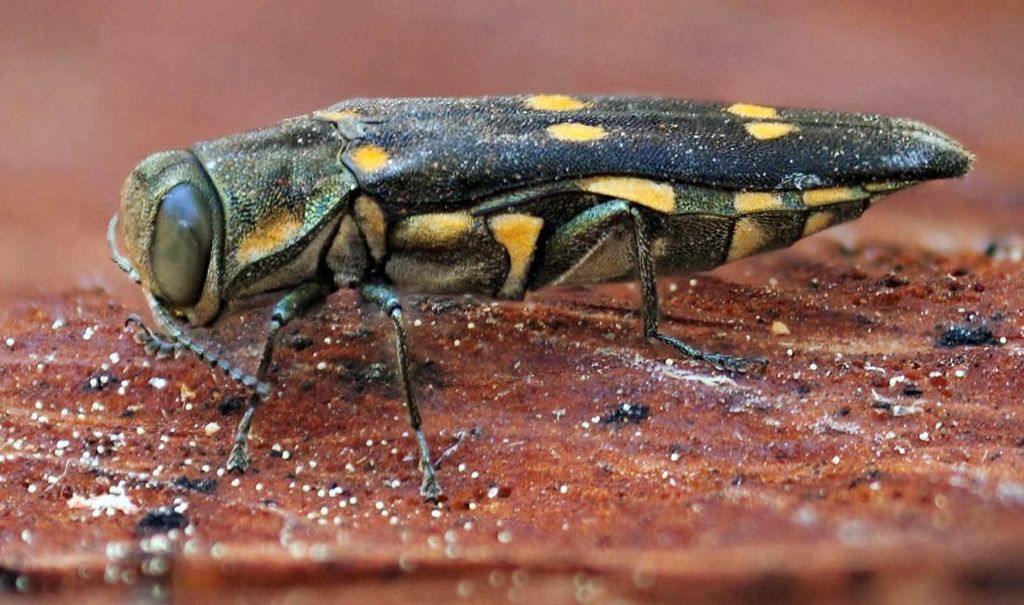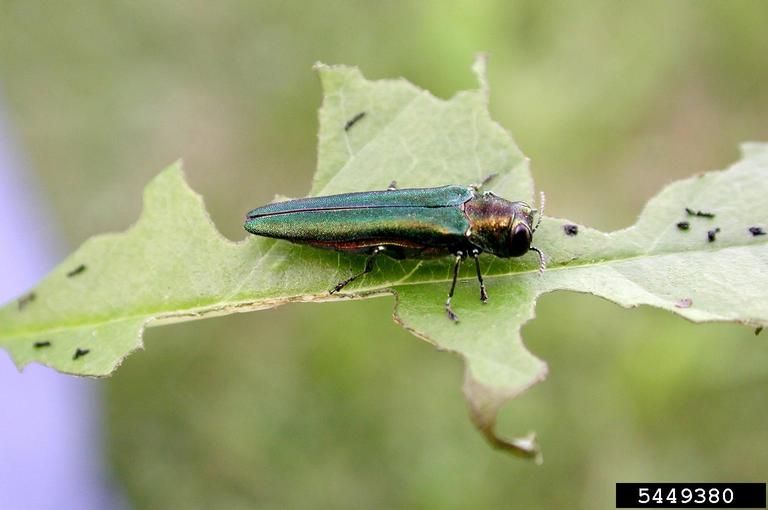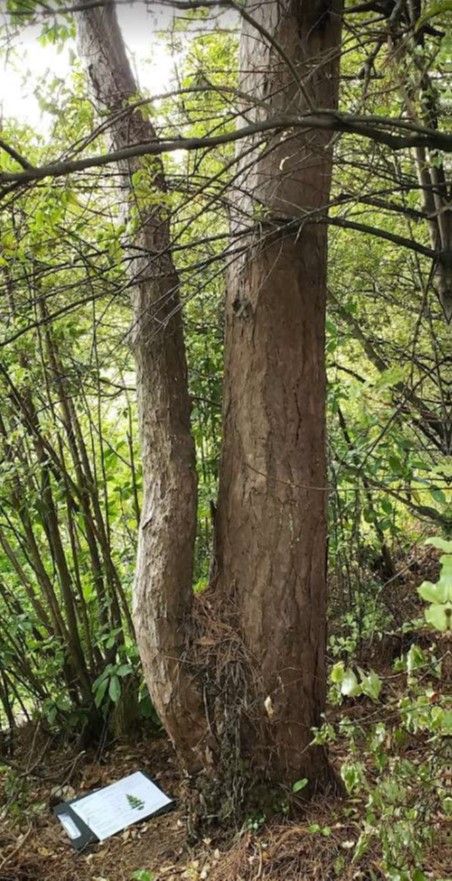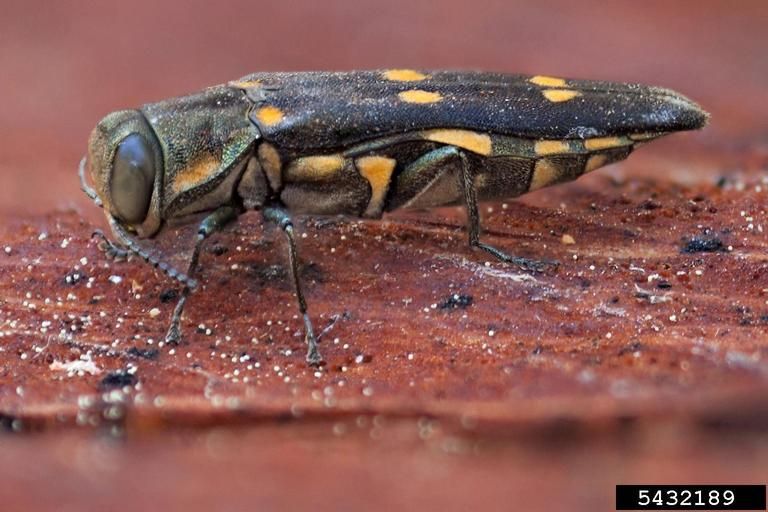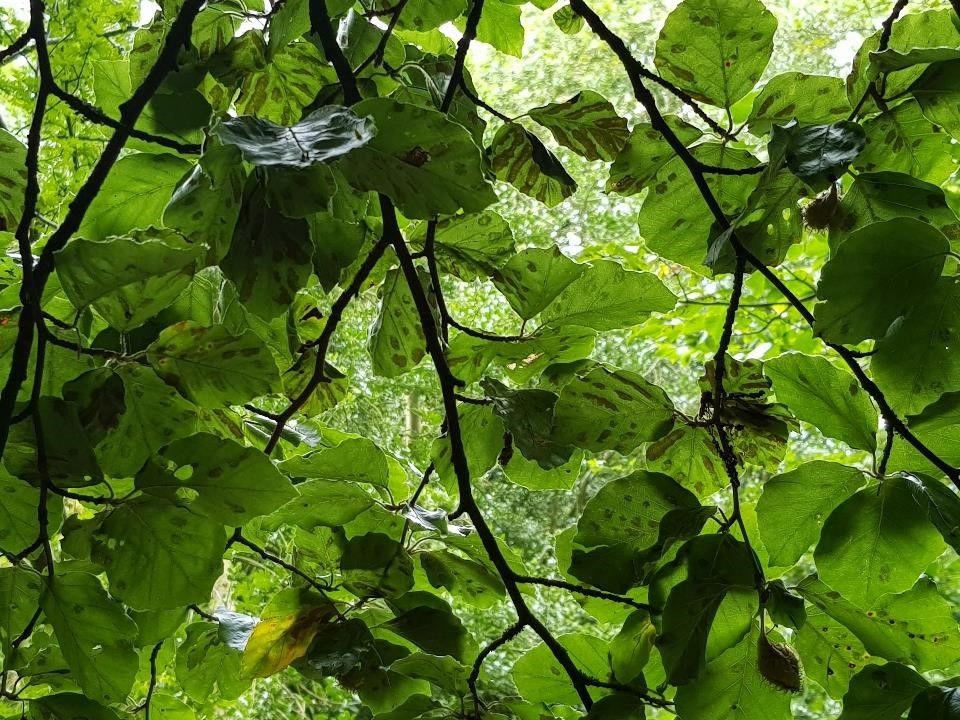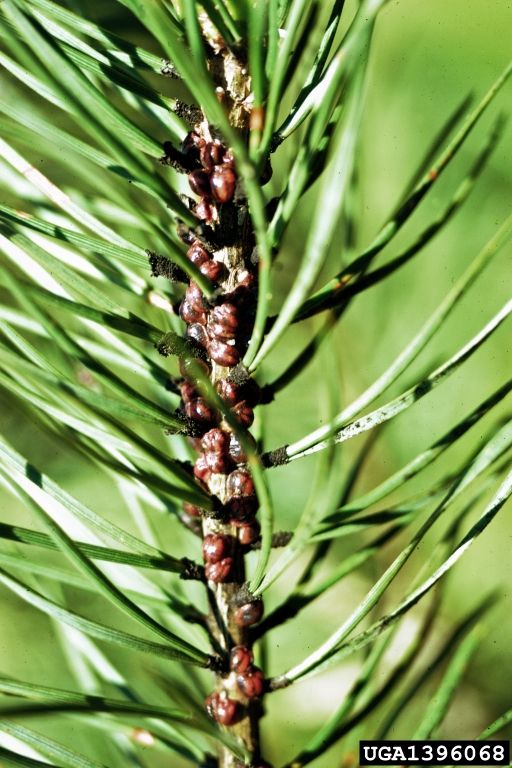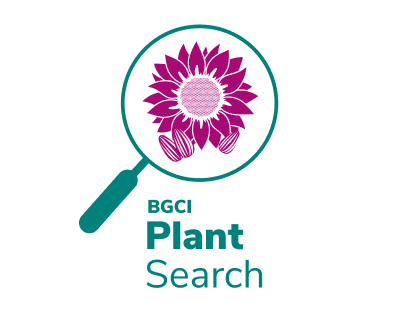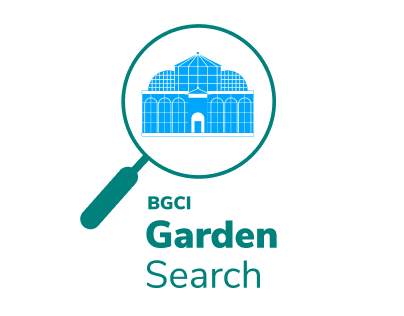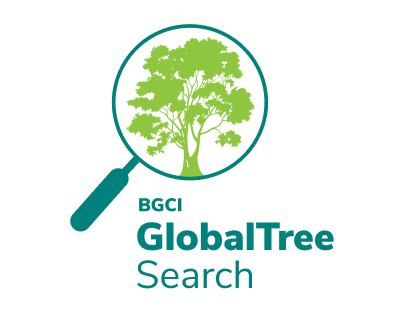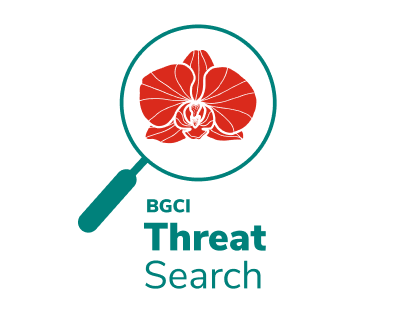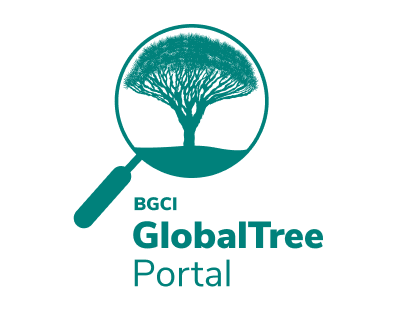International Plant Sentinel Network
Acting as an early warning system to recognise new and emerging pest and pathogen risks
- About
- Sentinel Plants and Living Collections
- Biosecurity
- Projects and Initiatives
- Join the IPSN
- Get involved
- Resources
Welcome to the International Plant Sentinel Network (IPSN), a global initiative dedicated to safeguarding plant health and promote plant biosecurity worldwide.
Established in 2013, the IPSN is a collaborative network bringing together botanic gardens/arboreta, research institutions, National Plant Protection Organisations (NPPOs) and plant health experts worldwide. Coordinated by Botanic Gardens Conservation International (BGCI), the IPSN aims at providing a vital early warning system, identifying and sharing information about new and emerging pest and pathogen risks.
Our mission encompasses several key objectives:
- Coordinating and facilitating international plant health surveillance efforts efforts.
- Raising awareness about plant biosecurity and promoting best practices.
- Building capacity through development of information resources and delivery of in person and online courses.
- Fostering collaboration among diverse stakeholders to safeguard plant species from pests and diseases.
Working together with our members and partner organisations we advocate for the utilization of living collections as invaluable resources for pest and pathogen understanding, monitoring and research. Equally striving to enhance biosecurity awareness through education and outreach activities.
Learn more about the IPSN and hear from our partners and collaborator’s experiences here:
You can also read more about the IPSN journey and current activities by visiting our page about the IPSN History:
Explore our website to learn more about our projects, initiatives and resources as well as how to become a member.
Come and join us in our commitment to protect plant health and biodiversity worldwide!
IPSN News & Events
SEE MOREIntroduced organisms can have large ecological and economic impacts on their new ranges and the native species that inhabit them. This is never more so true than with plant pests and pathogens. One reason for the high levels of damage seen is that plants, having not evolved alongside these introduced species, have built up no natural resistance. Similarly, it is unlikely that any natural predators will be present to control population sizes. Identifying potential threats to native flora before an organism is introduced can drastically improve the chances of eradication or control/containment programmes, or even better can stop their introduction in the first place. This is where sentinel plants can provide unique benefits to plant health.
Sentinel Research
Plant species maintained outside of their natural ranges (e.g. as in botanic gardens and arboreta) offer a unique opportunity to understand and predict potential threats to a country’s plant health by acting as standing sentinels in foreign lands.
These sentinels plants held in botanic gardens and arboreta can be monitored for damage by local pests and diseases that, although native to their current location, are not yet found in the host’s country of origin. This information can then be used to provide an early warning system and can aid plant protection efforts at a regulatory level (for example within Pest Risk Analysis).
Sentinel plants can also provide valuable information which can help:
- Increase understanding about ‘known’ pests and diseases (e.g. dispersal mechanisms, origin, etc.)
- Identify new pest-host associations (e.g. suggest which species of plant may be particularly susceptible/ resistant to a particular pest)
- Identify potential biocontrols
Previous Research
A number of previous studies using sentinel plants in botanic gardens and arboreta illustrate their potential in informing plant health:
- ISEFOR – Increasing Sustainability of European Forests: Modelling for security against invasive pests and pathogens under climate change
- PRATIQUE – Enhancements of Pest Risk Analysis Techniques
- The New Zealand Expats Plant Project
In the spring of 2011 BGCI carried out an electronic survey to learn more about the relevant expertise and policies already in place at botanical institutions around the world. Results revealed a solid foundation of expertise, resources, partnerships and practices that aid in understanding and addressing invasive species problems at individual institutions. However, it also identified a need for more formal or regular training and enhanced communication and coordination among institutions in order to increase the power and impact of the network.
Read more about the 2011 survey below.
The Role of Living Collections
Botanic gardens and arboreta are valuable scientific resources and as a result have become leading authorities in plant conservation, championing projects and contributing to research in the area. The IPSN is an opportunity for gardens to continue this work and contribute on an international scale to the safeguarding of plants from pests and pathogens.
Living Collections
It is estimated that 30-40% of known plant species are grown in living collections of the more than 3,000 botanic gardens and arboreta throughout the world. Often, species are maintained in gardens not in the country or even on the continent in which they are native. These expatriate plants can act as standing sentinels for potentially invasive pests and pathogens. For example, surveying native European plants growing in botanic gardens and arboreta outside Europe, especially in countries with similar climates, offers a unique opportunity to monitor for damage by non-native pests and diseases. This information can then be used to provide an early warning system by informing plant protection efforts such as Pest Risk Analysis (PRA); identifying new pest and pathogen risks to a country’s native flora.
Horticultural Expertise
Horticultural staff working within gardens have unique and key skills to offer sentinel research. Not only do they have a wealth of knowledge of the plant species they work with, they are familiar with individuals within plant collections. Specifically staff have an understanding of, or are able to access information detailing, the history of the plant including its origin, general health, management issues, surrounding environment, climate, recent weather etc. This knowledge can provide key clues to the cause of any deterioration of health in a plant; potentially revealing or ruling out abiotic causes.
Further to this, due to their familiarity with collections, horticultural staff are likely to be able to recognise changes in a plant’s health. However most importantly, they will not only be able to understand the cause but also be able to recognise when damage is out of the ordinary and should potentially be investigated and escalated.
Find out how your garden can become a member of the IPSN and contribute to safeguarding global plant health in the ‘Join the IPSN‘ section above.
Publications of Interest
Britton, K. O., White, P., Kramer, A., & Hudler, G. (2010). A new approach to stopping the spread of invasive insects and pathogens: early detection and rapid response via a global network of sentinel plantings
Kramer, A. (2010, June). Using BGCI’s databases to connect plant collections and expertise to support the development of an International Sentinel Plant Network. In Proceedings of the the 4th Global Botanic Gardens Congress, Dublin (pp. 14-18).
Kramer, A., & Hird, A. (2011). Building an international sentinel plant network. BG Journal, 8(2), 3-6.
Roques, A., Fan, J. T., Courtial, B., Zhang, Y. Z., Yart, A., Auger-Rozenberg, M. A., … & Sun, J. H. (2015). Planting sentinel European trees in eastern Asia as a novel method to identify potential insect pest invaders. PloS one, 10(5), e0120864.
In an interconnected world, where the movement of plants and plant products is ubiquitous, international cooperation is essential to prevent the spread of pests and diseases that threaten plant health and biodiversity. Biosecurity is a fundamental aspect of botanic garden management, essential for preserving plant diversity and protecting ecosystems. By implementing robust protocols, policies, and practices, botanic gardens can effectively manage risks and contribute to global efforts in plant conservation.
Plant Biosecurity
Biosecurity encompasses measures designed to prevent, control, and manage the risks posed by different organisms to plants, animals, and ecosystems.
Globally, the International Plant Protection Convention (IPPC) provides a framework for harmonizing phytosanitary measures and promoting cooperation among countries to prevent the introduction and spread of pests and diseases. The IPPC is a multilateral treaty aimed at protecting plant health while facilitating safe trade in plants and plant products (you can find more about the IPPC following the link below).
Key Biosecurity Measures Relevant to Botanic Gardens
As custodians of diverse plant collections botanic gardens and arboreta are subject to the biosecurity provisions outlined by the IPPC. Some of these essential biosecurity measures that botanic gardens/arboreta should be looking at implementing include:
- Phytosanitary Standards: The IPPC develops International Standards for Phytosanitary Measures (ISPMs) that establish guidelines and best practices for plant health protection. These standards cover various aspects of biosecurity, including pest risk analysis, quarantine measures, and inspection procedures, which are applicable to the management of plant collections in botanic gardens.
- Pest Risk Analysis (PRA): This involves evaluating pathways of introduction, host susceptibility, and available control measures to inform decision-making and prioritize biosecurity efforts. As part of their collection management plant, Botanic Gardens/arboreta should engage in pest risk analysis to assess the likelihood and potential impact of pests and diseases on their plant collections.
Further information on how to conduct this can be found through this link IPPC PRA training course - Phytosanitary Certification: International trade in plants and plant products is regulated through phytosanitary certification, which verifies compliance with phytosanitary requirements to prevent the spread of pests and diseases. Botanic gardens may require phytosanitary certification when exchanging plant materials with other institutions or participating in collaborative conservation projects. You can learn more about the phytosanitary certification system by following the link below.
- Surveillance and Early Detection: Timely detection of pests and diseases is essential for effective biosecurity. Botanic gardens contribute to international efforts in surveillance and early detection by monitoring their plant collections for signs of infestation or disease outbreaks and reporting relevant information to national and international authorities.
You can find your National Plant Protection Organization HERE
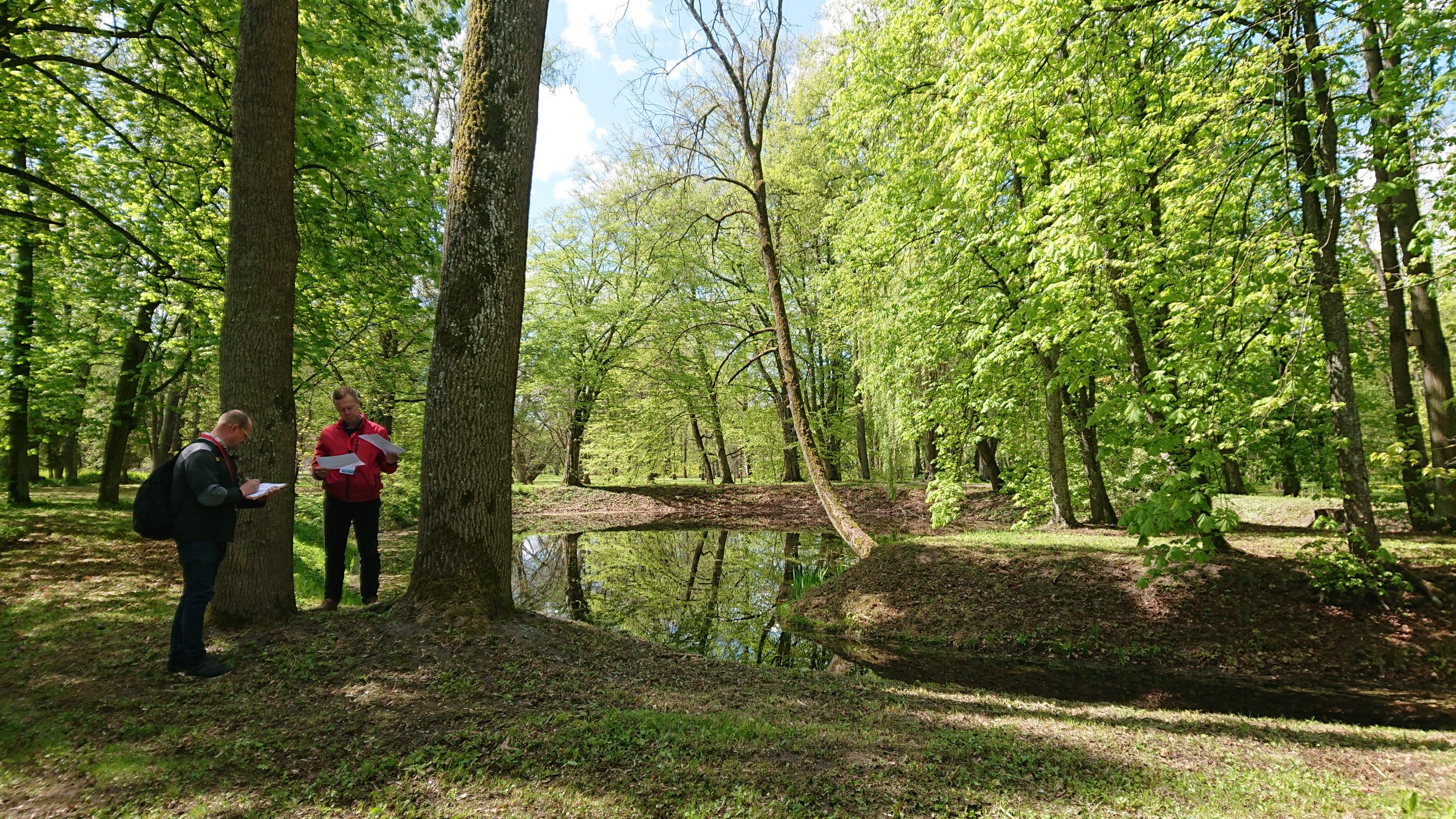
By adhering to phytosanitary standards, engaging in risk analysis, regularly monitoring collections for pest and diseases and collaborating with international partners, botanic gardens contribute to global efforts in preventing the introduction and spread of pests and diseases.The IPSN and Plant Biosecurity
The IPSN is at the forefront of promoting and capacity building for biosecurity and awareness among botanic gardens worldwide. Through its resource development and collaborative efforts, IPSN empowers botanic gardens to proactively monitor/manage pest and disease risks, protect plant collections, and contribute to global plant conservation efforts.
Activities
Some of the key actions/activities carried out by the network in relation to the biosecurity measures outlined by the IPPC include:
- Promotion of biosecurity information and capacity building:Through training workshops, webinars, and informational resources, IPSN equips botanic garden staff and volunteers with the knowledge and tools needed to implement effective biosecurity measures in collection management and plant conservation practices. Futhermore,by providing technical guidance, support, and access to diagnostic tools and expertise, IPSN empowers botanic gardens to strengthen their surveillance systems and mitigate the impact of invasive pests and pathogens on their plant collections. Check our “Resources” section for more information and links.
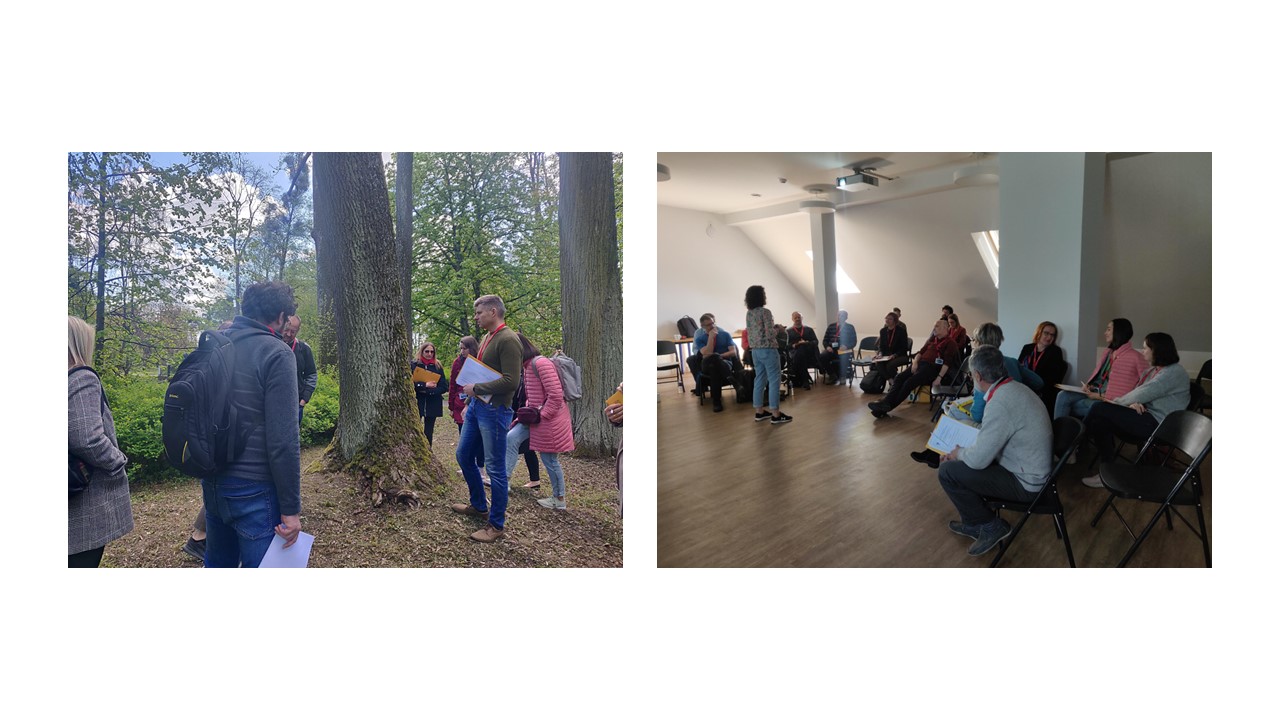
- Awareness raising: Through communication campaigns, educational materials, and outreach activities, IPSN highlights the significance of early intervention, collaboration, and best practices in preventing the spread of pests and diseases within and across borders.
- Collaborative initiatives: IPSN fosters collaboration among botanic gardens, research institutions, government agencies, and international organizations to address shared biosecurity challenges. By facilitating partnerships, knowledge sharing, and joint projects, IPSN strengthens the collective response to emerging threats and promotes a coordinated approach to plant health management on a global scale.
These activities aid in the implementation of the above mentioned key IPPC phytosanitary measures for botanic gardens by equipping staff with necessary knowledge and tools, raising awareness about early intervention, and fostering collaboration to address shared biosecurity challenges.Resources
The IPSN, in its efforts to facilitate the implementation of all the above actions, has developed (and continues to do so) the following resources.
- Guidance to biosecurity in Botanic Gardens and arboreta: This comprehensive guide covers the essential elements for good biosecurity in botanic gardens and arboreta. From sourcing and handling plant material and managing plants on arrival to setting up quarantine facilities and maintaining garden infrastructure to reduce risks effectively it provides a roadmap for users to establish key biosecurity measures in their collections.
- Biosecurity compliance certification: This certification, developed and offered by BGCI, sets a baseline standard for biosecurity and phytosanitary practices in institutions managing plant collections. It addresses all the key elements explore in the above guidelines as well as addressing concerns such as poor data quality and compliance with regulations like ABS, CITES, and national/international plant material movement procedures. To learn more about how to apply follow the link below.
- Biosecurity poster and leaflet: These resources provide essential guidance and further information/link for botanic gardens and arboreta to implement robust biosecurity practices, emphasizing measures to prevent the introduction and spread of plant pests and diseases through vehicles, people, plants, and plant products. They were developed by te Yorkshire arboretum as part of our IPSN Small Grant Projects to identify key risks and current strategies regarding biosecurity measures at Botanic Gardens and Arboreta (BG&A) to help enhance public awareness and engagement regarding biosecurity.
The IPSN is carrying out a number of funded projects supported by the UK (through DEFRA – Department for Environment, Food and Rural Affairs), the European Union (Horizon Europe programme) and the US (through USFS-USAID – US Forest Service/US Agency for International Development).
General surveillance projects
These are focused on the monitoring of key host species for pests and pathogens to identify novel or unusual species that could potentially affect the native species if introduced to their native ranges.
Surveys
The IPSN carries out a number of surveys to monitor the spread and distribution of particular pests and diseases of interest. These are all on-going and are open to any interested botanic garden/arboreta to join in. Survey forms and identification resources are available to support each survey, as well as guidance documents to aid in the identification of symptoms. Any interested gardens are encouraged to get in touch with the IPSN coordinator and request further information about how to become members of the IPSN network and actively participate in the existing surveys.
IPSN Network
We currently count with more than 100 botanic gardens and arboreta as part of the IPSN network.
You can find a list with our current members by following this link.
If your garden is not listed but you would like it to be, please email the IPSN project officer Itxaso Quintana.
Benefits for Member Gardens
The IPSN provides a number of benefits to member gardens including:
-
- Increased support for monitoring and facilitating access to diagnostic expertise to allow for quick identification of any damaging organisms.
- Regular communication and sharing of information related to biosecurity and key organisms of concern.
- Opportunities for cross-collaboration and personal skill development through online and in-person workshops.
- Provision of standardised protocols and surveillance tools
- Being part of the prioritisation process for future programs/initiatives
- Encouragement and promotion of the use of living collections in plant health//biosecurity research and awareness We would like to hear from any botanic gardens and arboreta that already carry out work relating to plant pests and pathogens and/or wish to build their capability to do so.
How to Join
To join the network, please follow these steps:
-
- Read and agree to the IPSN’s IPSN Member Gardens Agreement
- Designate a contact person who will interact with the network coordinator and ultimately help to coordinate IPSN activities.
- Send an email to the IPSN project officer confirming your garden’s interest in joining the network and the contact details of your designated IPSN contact person.
If you are from a plant health institute/NPPO and are interested in becoming involved in any initiative/project, we would also like to hear from you. Please contact our Plant Health Manager Lara Salido.
How to get involved in our work
We are always looking to engage with more partners to enhance, support and amplify work related to plant health and biosecurity. We welcome queries from interested botanic gardens/arboreta, research institutes, NPPOs, etc..to:
-
-
- Participate in our targeted surveys,
- Trial monitoring methodologies,
- Use our training materials [see Resources section],
- Contribute to our databases and forums,
- Help us identify examples of best practice
- and generally provide feedback in order to help shape and guide the network.
If this is something that might interest your organisation, please do not hesitate to get in touch with our Plant Health Manager to discuss how you would like to engage with the IPSN.
To learn more about our current projects, please visit our “Project and Initiatives” page or if you would like to learn more about other ways to engage with our network continue reading below.
Ongoing Activities
Targeted surveys
Pine Tortoise Scale
Rose rosette virus
Oak Borers
Japanese beetle,
Beech Leaf Disease/Petrakia leafspot
Emerald Ash Borer/Ash dieback
General Plant Health Surveillance (through Plant Health Checker)
Promote the use of the PHC and ePHC to carry out general plant health surveillance and share information of P&D as well as how to best improve data sharing between institutions and nations.
Training materials
Promote sharing of resources and development of new materials/resources that could be share more widely within the BG&A community/public awareness.
Biosecurity Best Practices
Promote sharing of documentation related to best practices in botanic gardens, examples of policies, how to develop different facilities peer-based learning for collection management.
-
The IPSN has developed a number of resources to aid plant health and biosecurity activities in botanic gardens and arboreta. These include:
- Plant health monitoring tools
- Information resources on different types of pests/diseases and associated survey forms
- Manuals and guidance on best biosecurity practices,
- Identification and sampling guides
- and much more.For a more detailed description of th above, please check the following sections and links toaccess the relevant documentation.
Plant Health Monitoring Tools
The Plant health Checker (PHC) has been developed by the IPSN and Fera Ltd, to help assess damage in plants with unidentified pests and disease problems. This monitoring tool aids users to survey, record damage, and generally assess health problems observed in the target plant species.
The PHC is a standardized 2-step surveying form available for deciduous and coniferous trees and non-woody plants.
To access more in-depth information about the PHC and how to access its electronic version (the ePHC), please click on the link below.
Pests & Diseases information resources
Posters
The IPSN, with the support of the initiative’s diagnostic experts, produces informative posters on plant pests and pathogens to help identify these organisms of global concern.
Each poster contains concise background information and diagnostic features, complemented by images to help identify the key symptoms of the featured organism. Additionally, accompanying factsheets (see below) provide more in-depth information accessible via a QR code.
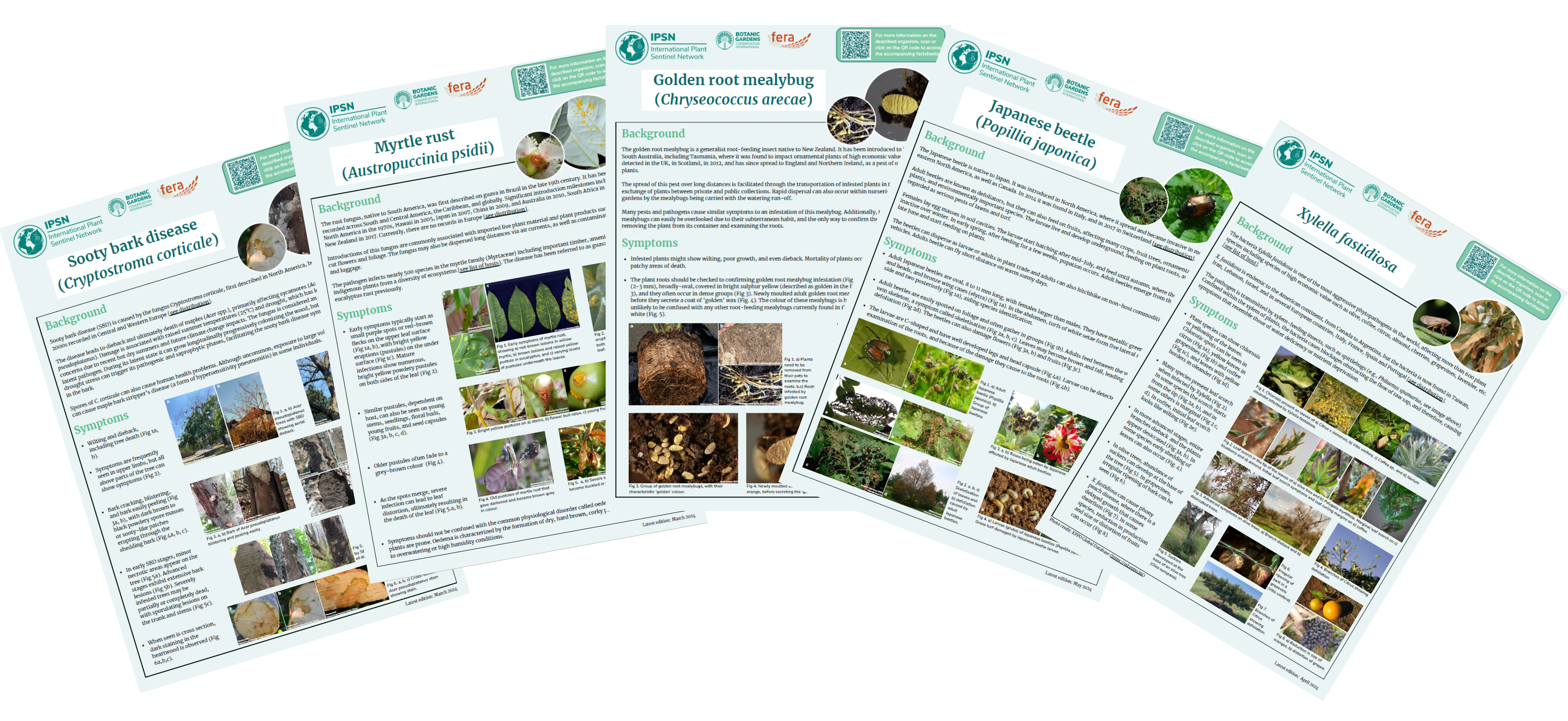
To learn more about our poster resources go to:
Factsheets
Complementing the posters, the IPSN has created comprehensive factsheets focused on plant pests and pathogens of global interest.
These factsheets provide in-depth information on the distribution, impact, dispersal, plant host species, and biology of the target organism, and supplementary resources for further exploration. For summarized symptoms information, accompanying posters can be accessed via a provided QR code.
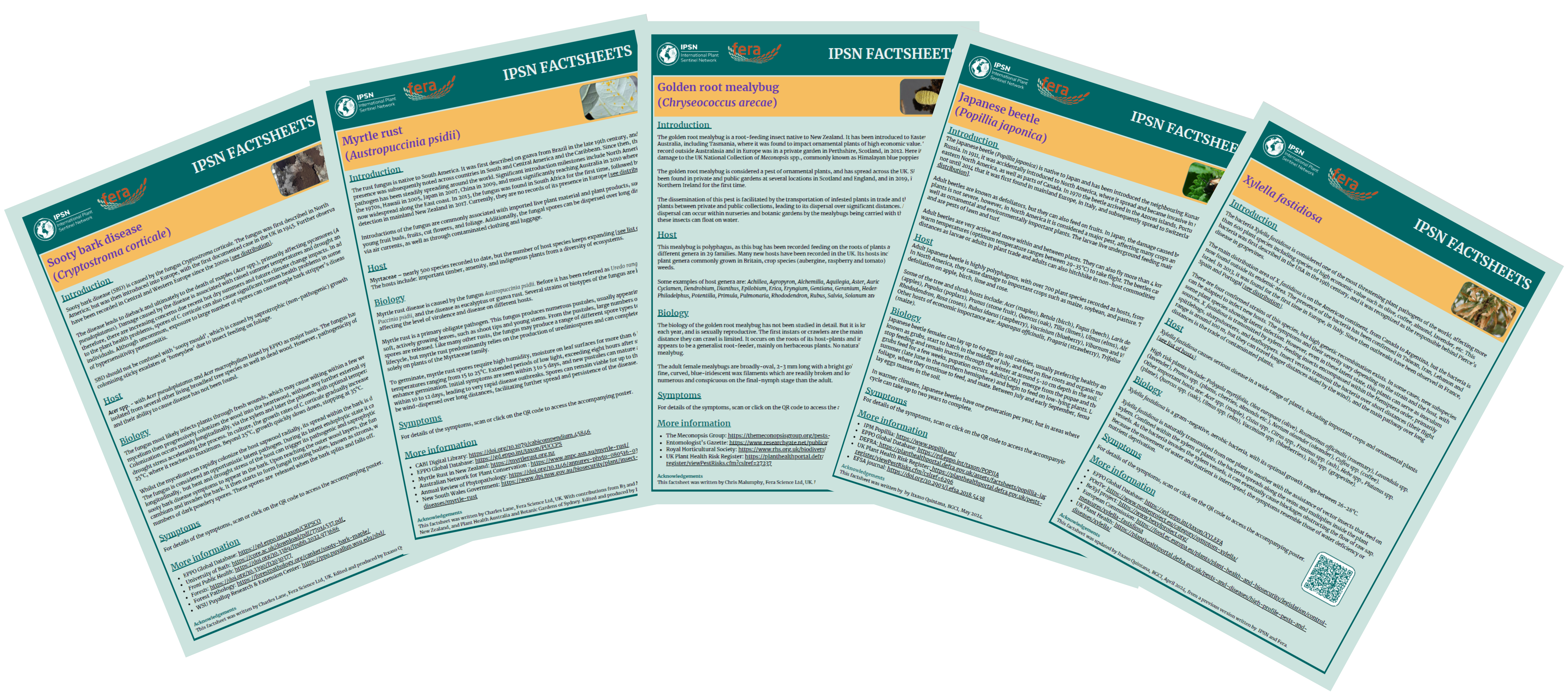
To learn more about our factsheets resources go to:
Survey forms
The IPSN has also designed survey forms for monitoring key target pests and pathogens of global concern.
These forms help gather information during the collections monitoring process, enabling the early detection of symptoms associated with the targeted pests and pathogens. By facilitating the identification of potential plant health issues, these survey forms play a crucial role in early diagnosis and the identification of appropriate management strategies.

To learn more about our survey forms go to:
Manuals and Guides
The IPSN regularly produces invaluable manuals and guidelines aimed at supporting botanic garden staff in biosecurity and plant health monitoring activities.
These manuals encompass a diverse array of topics, including guides for monitoring and identifying plant damage, a comprehensive manual outlining the implementation of biosecurity best practices within gardens, as well as instructional videos and guidance for conducting Emeral Ash Borer survey and trapping.
To explore our guidelines and manual resources go to:
Publications
Over the years, the IPSN team and our members have produced publications on the work of the network, plant health and biosecurity best practices that have been published in scientific journals and magazines.
To access our repository, follow the link below:
Share
